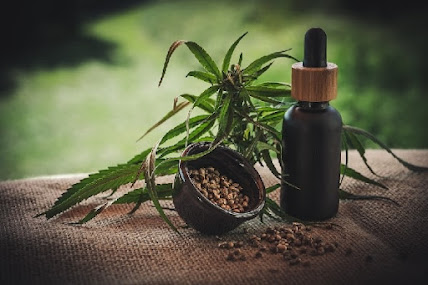Nowadays, there has been a growing interest in the potential therapeutic benefits of CBD, a compound derived from the marijuana plant. One area of particular interest is its role in managing inflammation, a complex biological response that plays an integral role in various health conditions. This write-up discovers the emerging role of CBD and cannabis medicine as a promising natural alternative for inflammation management.
Understanding Inflammation: A Double-Edged Sword
Inflammation is a fundamental biological response that the body employs to protect itself from harmful stimuli, such as pathogens, toxins, or tissue injury. While acute inflammation is a vital part of the immune system's defense mechanism, chronic inflammation can lead to a host of health issues, such as autoimmune disorders, cardiovascular diseases, and even certain types of cancer. Time-honored treatments for inflammation often involve nonsteroidal anti-inflammatory drugs (NSAIDs) or corticosteroids, which may come with side impacts and long-term complications. It has led to the exploration of cannabidiol as a potential alternative.
CBD and its Anti-Inflammatory Properties
Perhaps it has garnered attention for its potential anti-inflammatory properties because of its interaction with the endocannabinoid system. The ECS plays a vital role in maintaining homeostasis in the body, including regulating immune responses and inflammation. CBD is believed to modulate the ECS by interacting with its receptors, particularly CB1 and CB2 receptors. By doing so, CBD may help regulate immune responses and dampen excessive inflammation. Research indicates that CBD might influence cytokine production, a key player in the inflammatory process. This modulation of the immune response holds promise for addressing chronic inflammation without the adverse effects associated with conventional medications.
As the knowledge of CBD's potential continues to evolve, its role in handling inflammation appears promising. With ongoing research, CBD may pave the way for a new era in natural anti-inflammatory solutions.

Comments
Post a Comment